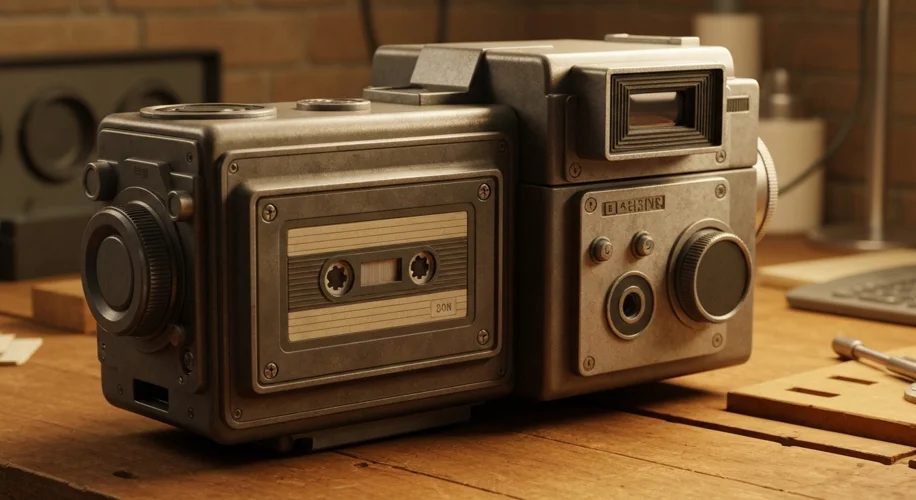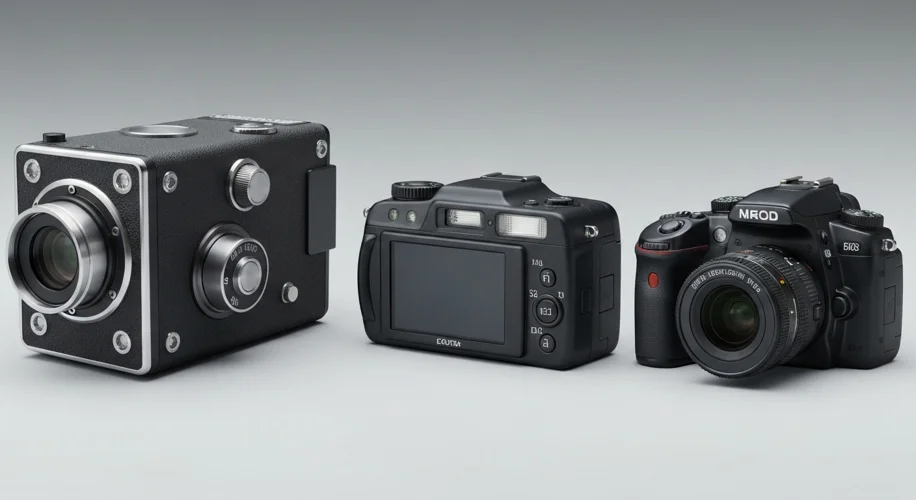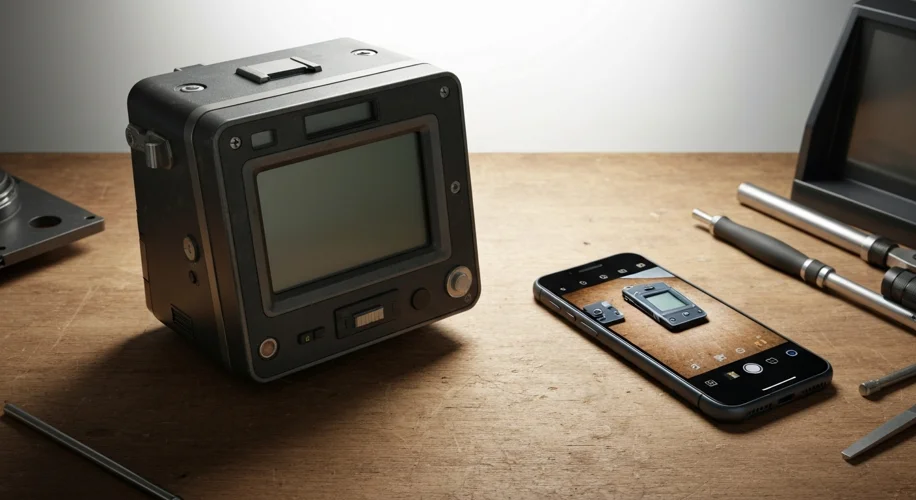The gentle click of a shutter, the whir of a film advance, the anticipation of waiting for photos to be developed – for generations, these were the sensory hallmarks of capturing memories. Photography, once a meticulous and often costly endeavor, was intrinsically linked to the magic of film. Yet, in the closing decades of the 20th century, a quiet revolution began, one that would fundamentally alter how we see and record our world: the rise of the digital camera.
The story of this seismic shift isn’t a sudden cataclysm but a gradual, yet relentless, evolution. It began not with sleek, pocket-sized devices, but with bulky, expensive, and often temperamental machines that hinted at a future many couldn’t yet envision.
In the 1970s, the seeds of digital photography were sown within the halls of technological pioneers. Kodak, a company synonymous with film, was actually at the forefront of early digital camera development. In 1975, Kodak engineer Steven Sasson created a prototype digital camera. It was a behemoth, weighing eight pounds, and it captured black-and-white images at a resolution of 0.01 megapixels. These images were recorded onto a cassette tape, and the process of taking and reviewing a single picture took 23 seconds. While revolutionary, it was far from a consumer product; it was a proof of concept, a whisper of what was to come.

For the next two decades, digital technology continued its march. Early digital cameras that reached the market were niche, prohibitively expensive, and offered image quality that paled in comparison to film. Companies like Sony, with its Mavica (Magnetic Video Camera) in 1981, experimented with storing images on floppy disks. These early cameras were more akin to video cameras that captured stills, and their resolution was so low that details were often lost. They appealed to professionals and early adopters with deep pockets, but for the average person, film remained the undisputed king. The cost of film, developing, and the inherent permanence of each shot meant that every click was considered.
However, the advantages of digital were becoming increasingly apparent, even in these nascent stages. The ability to see an image immediately after taking it was a game-changer. No more guesswork, no more waiting days or weeks to discover a botched exposure or a missed moment. This instant feedback loop allowed for experimentation and learning in a way that film simply could not match.
The late 1990s and early 2000s marked the true tipping point. Digital camera technology began to mature at an astonishing pace. Megapixel counts climbed, sensors became more sensitive, and prices, while still higher than point-and-shoot film cameras, began to fall into a more accessible range. Cameras like the Apple QuickTake 100 (1994) and later, more sophisticated models from Canon, Nikon, and Sony, started appearing in homes. The convenience was undeniable: thousands of photos could be stored on a small memory card, easily transferred to a computer, edited, and shared electronically.

This shift wasn’t without its resistance. Purists argued that digital photography lacked the

